Is It Just Growing Pains? How to Tell What’s Normal and When to See a Specialist
As a parent, it’s natural to worry when your child complains of leg pain—especially at night. You might hear reassuring words like “It’s just growing pains”, but how do you know for sure?
Let’s explore what growing pains really are, how to recognize them, and when to seek professional help from a pediatric orthopedic specialist.
What Are Growing Pains?
Growing pains are harmless aches commonly experienced by children between the ages of 3 to 12 years. Despite the name, they aren’t directly caused by growth spurts. Instead, they are often linked to physical activity, muscle fatigue, or even emotional stress.
Typical Features of Growing Pains:
- Occur in both legs, not just one
- Felt in the thighs, calves, or behind the knees
- Usually appear in the late afternoon or nighttime
- Do not involve joints
- No visible swelling, redness, or warmth
- Pain goes away by morning
- Child can play and move normally during the day
These pains come and go, and are usually relieved by gentle massage, warm compresses, or mild pain relievers.
When It’s Not Just Growing Pains
Some types of leg pain in children signal an underlying orthopedic issue rather than temporary discomfort. You should be alert if the symptoms don’t match the typical growing pain pattern.
Signs That May Indicate a Pediatric Orthopedic Problem:
- Pain in a specific joint (same spot each time)
- Redness, swelling, or warmth in the affected area
- Pain occurs during the day or after minimal activity
- Limping, difficulty walking, or stiffness
- One-sided pain (e.g., only one leg or foot)
- Morning stiffness that lasts more than a few minutes
- Repeated injuries or avoiding physical activity
- Visible leg, foot, or spinal deformity
- Pain accompanied by fever, weight loss, or fatigue
These symptoms could be related to juvenile arthritis, bone infections, developmental disorders, or conditions like flat feet, limb length differences, or spinal abnormalities.
Orthopedic Conditions Often Mistaken for Growing Pains
Some musculoskeletal conditions in children closely resemble growing pains:
- Sever’s Disease – heel pain from inflammation at the growth plate
- Osgood-Schlatter Disease – pain just below the knee from overuse
- Flexible Flat Feet – which can cause fatigue or leg discomfort
- Leg Length Discrepancy – causing imbalance and uneven pain
- Scoliosis – abnormal spine curve leading to leg or back pain
A proper clinical assessment can distinguish between normal growing aches and treatable orthopedic conditions.
When to See a Pediatric Orthopedic Specialist
Consider booking an appointment with a pediatric orthopedic expert if:
- Pain interferes with sleep or daily activity
- Pain is frequent, severe, or worsening
- There’s joint involvement or visible swelling
- Your child starts limping or avoiding play
- You’re concerned about leg shape or development
- You’re unsure and want peace of mind
Early diagnosis can lead to simpler, more effective treatments—and peace of mind for you and your child.
How Orthopedic Issues Are Treated
Treatment depends on the cause, but many conditions can be managed effectively with:
- Stretching and strengthening exercises
- Supportive footwear or orthotic inserts
- Physical therapy
- Activity modification
- Medication or injections (if inflammation is present)
- Surgical correction in rare, severe cases
The earlier a condition is caught, the better the chances of a full recovery with minimal disruption.
Final Thoughts
While growing pains are a normal part of many children’s lives, they should never be used to dismiss serious or persistent pain. Always trust your instincts. If something doesn’t feel right, it’s better to get it checked.
Your child’s comfort, development, and ability to enjoy daily activities are worth the extra care.
Concerned About Your Child’s Pain?
Let Dr. Nargesh Agrawal and the experienced team at Child OrthoCare help you find answers.
We specialize in pediatric orthopedic evaluations—designed to be gentle, effective, and tailored to growing bodies.
Book a Consultation Today
Visit: www.childorthocare.online/contact
Or call us to schedule your child’s evaluation.






